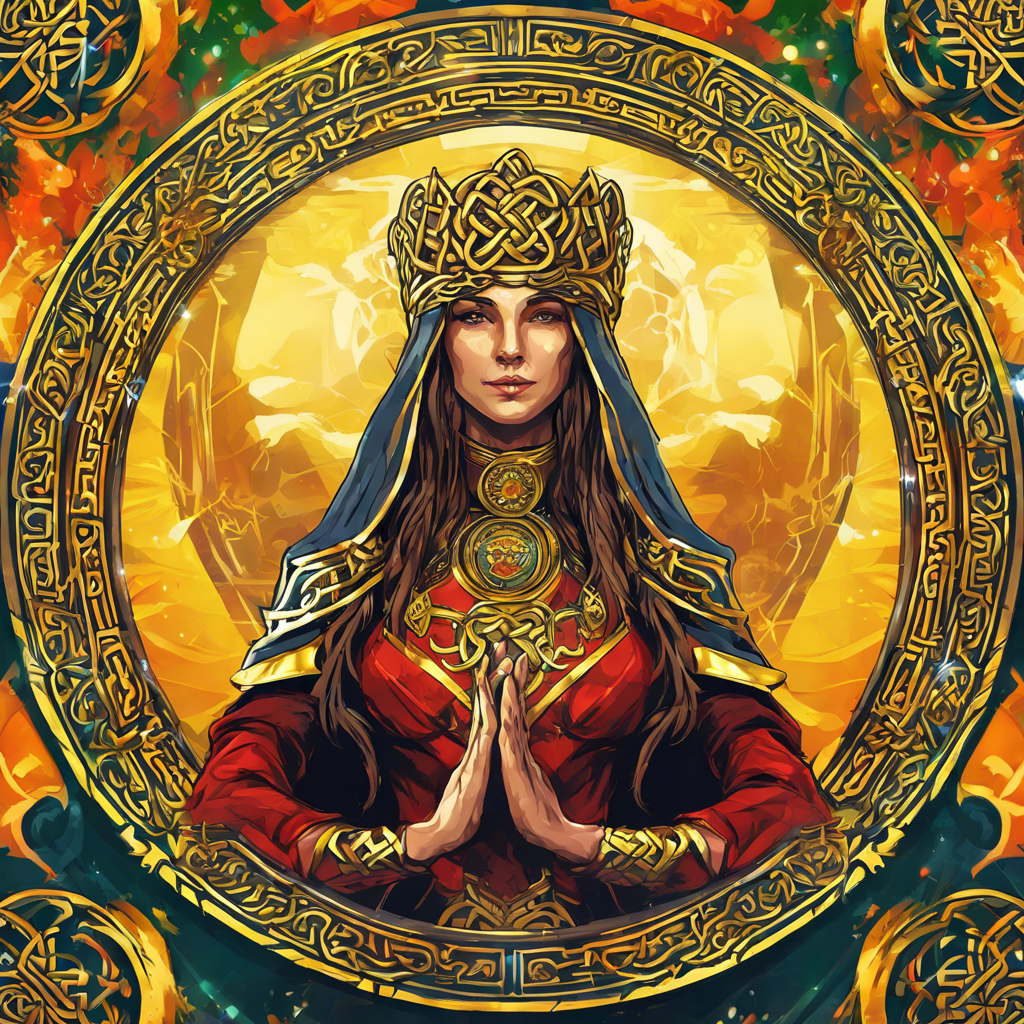I think I would quite enjoy discovering my genealogy through one of those companies that tests your DNA. My mother’s Celtic roots are a bit of a mystery. However, I am also reminded that genetic data is frequently bought by security agencies and the desire to do that fades away. That aside, I do find it fascinating that the recorded history of Scotland begins with the arrival of the Roman Empire in the 1st century. Everything before that is shrouded in unwritten mystery, revealed only in Neolithic, Bronze Age and Iron Age artifacts and settlements.
The people of pre-historic Scotland subsistence farmers, moving from summer to winter pasture with their flocks, fishing the wild coastlines and warring with rival tribes. It was also a time of Celtic deities, paganism, the building of cairns, megaliths, and standing stones with all the hallmarks of complex geometries and astronomical alignments. The history of humans in Scotland goes back further than most would think, and is far richer.
A Gneiss Tale, Rarely Told
For its size, Scotland is a remarkably diverse geological location, with three distinct sub-divisions. We have the highlands and islands, which lie both North and West of the Highland boundary fault, the rift valley of the central lowlands, and the southern uplands, which lie below another fault structure. The existing bedrock includes very ancient Archean gneiss, metamorphic rocks which were created about 490 to 390 million years ago during the Caledonian orogeny. Scotland is geologically alien compared to mainland Europe due to it being a sliver of the ancient continent of Laurentia. A landmass which later formed the bulk of North America. It would have lain near the center of the Pangaea supercontinent which existed around 335 million years ago.
In modern times, the interlayered metamorphic beds were where we found commercially critical layers of coal, oil and iron bearing deposits. The varied geology includes the British Isles highest peak, Ben Nevis at 1,344m, and the fossil bearing old red sandstone of the Moray Firth coast.
“We are surrounded by monuments of that ancient time, some of them magnificent in their proportions and aspect, that tell us the story of the past.”
Hugh Miller – 19th-century Scottish geologist
That the pre-historic people’s were subsistence farmers is no surprise. Only about 12% of Scotland is arable, with 60-70% of the land more suited to pastoral grazing. The majority of Scotland is rugged, windswept, barren, and with soil too poor to grow most crops. The coastline is one that would be similar to anyone who has visited the fjords and inlets around Scandinavia and is comprised of approximately 900 islands, although only about 88 are currently inhabited.
It is possible that humans lived in Scotland during the last interglacial period around 130,000 – 170,000 years ago, but we have concrete evidence of human habitations at least 8,500 years before the arrival of the Romans. It wasn’t until after the glaciers retreated from Scotland that Paleolithic hunter gatherers formed the first known settlements, with wooden structures near the Firth of Forth dated to the Mesolithic, around 8240 BC.

The Highlands are Uphill
Due to a lack of wood, but an abundance of stone as a construction material, the structures in Scotland have survived thousands of years in surprisingly good condition. The earliest stone structures found so far, date to around 6000 BC, comprising three stone hearths on the island of Jura. Over time, the people of Scotland developed more structured societies and built small settlements. Around the Neolithic period (3500 BC) we see the development of stone houses and villages, such as on Papa Westray and Skara Brae.
It was In 3000 BC that we started seeing evidence of stone cairns (burial structures), formations of standing stones (Menhir) and iconic stone circles. A pattern that seemingly spread across Europe around the same time. Throughout the Neolithic and Bronze age, stone circles appeared through Europe bearing similar astrological alignments. It’s not known how or why they spread but there are a few educated guesses. It’s possible that Neolithic cultures spread the practice through trade routes, migration and other forms of cultural exchange. They would have formed important roles in the rituals of life, relating to astronomy, burial, fertility or related to celestial events like solstices.
“Stone circles are the petrified ghosts of ancient beliefs, standing lonely and silent, offering no explanation.”
Aubrey Burl
The use of astronomically aligned standing stones, and circles, would have been important for crop cycles and measuring the passage of time through the year. Ancient calendars and cyclical measurement systems had thousands of years of tradition behind them. By 1800 BC the Babylonians had developed a sophisticated lunar calendar and had a developed understanding of mathematics and astronomy (Chpt 8). In the time of the standing stones, the people of the Neolithic era practiced a nature based form of religion. The Earth was seen as a mother figure, symbolising fertility and the ability to support life. As is seen in the predominance of mother goddess figurines, with exaggerated features of female fertility. The standing stones and circles would have formed a focal point for the tribes of Neolithic Scotland.
It wasn’t until the time of the druids, in the Iron age, that society moved onwards from nature worship to the pantheon of the Celtic deities.

The Oak-Knowers and The Wickermen
The Druids of the Celtic tribes left no written records, but were widespread through Europe and the British Isles. They were recognised as religious leaders, legal authorities, adjudicators, lore keepers, medical professionals and legal authorities within the culture. It took until the Romans arrived for there to be any written record of their existence, and even then, their orders were suppressed under Tiberius and Claudius. This is unsurprising, given that the local druids would have challenged the authority of the invading Romans. The druids often appeared in tales of Irish mythology and also later in Christian legends, where they were portrayed as sorcerers who resisted the indoctrination of the missionaries.
The word druid is supposed to come from the native Gaulish word, but it also has ties with Old Irish (druí – sorcerer), Old Cornish (druw) or the Proto-Celtic (druwides), which is taken to be translated as ‘Oak-Knower’. Pliny the Elder gave reference to the druids. He wrote about their association with oak trees and the mistletoe which was used in their ceremonies. The name druid also seems to have roots in the Ancient Greek word drỹs, meaning ‘oak tree’. This is a fascinating connection. The Arcadians (an ancient Greek tribe) considered the oak tree as the first plant on Earth, and the acorns as the oldest food of humans, signifying ancient knowledge and abundance.
“The Druids—that is what they call their wise men—hold nothing more sacred than the mistletoe and the tree that bears it, so long as that tree be an oak.”
Pliny the Elder
The druids were widespread through Celtic culture and incredibly mobile. Given that their knowledge was memorised through recitation rather than written, they could travel light and fast, unburdened by scrolls or books. Their influence spread through the British Isles, including throughout Scotland. They may have traveled throughout Scotland as teachers, educating younger generations of druids, warriors, and political leaders in different tribes. They were also central to religious ceremonies within the region. In this ceremonial guise, they formed a relationship with the weathered standing stones, built thousands of years before.
They would have used the circles as focal points for their ceremonies and rituals, celebrating seasonal festivals such as Samhain and Beltane, and by presiding over these ceremonies at these ancient sites they would have held significant influence over the local tribes. We still see this connection and interest today. Druidism was renewed in the 17th century through scholars and archeologists, it brought a reclamation of the beliefs and practices and a revival in followers, and a desire to understand the roots of Celtic culture. It’s a popular understanding that the druids built the stone circles but they would have existed at least 900 years before the arrival of the Celts in Britain.
They weren’t all flowing robes, tree worship and mystic chants, however. The Greek and Roman writers often made mention of them as practitioners of human sacrifice in the name of the Celtic deities. It was said that those who were found guilty of theft or other criminal offenses were the preferred victim, but that innocents were acceptable when criminals in short supply. One form of their sacrifice was the burning of victims in a large wooden effigy, now frequently referred to as a wicker man. However, it must be noted, it was frequently the case that the Romans would project barbarian traits on to foreign cultures in a way that allowed them to confirm their own cultural superiority in their minds.

The Riders of Epona
The Iron age (800 to 100 BC) was the peak period of the Celtic culture in Europe, and within Scotland. This waned in the rest of Europe and the British Isles during the Roman period, but likely persisted longer in Scotland. Primarily due to the inability of Rome to make progress past their northern boundary at Hadrian’s Wall (built 122 AD). The most important gods for the Celts involved nature (Cernunnos), war (Lugh) and fertility (Brigid), echoing back to the Neolithic nature worship, warring tribes and focused on Mother Earth as the provider.
“The Gaul’s were taught to ride by whomever preferred Celemna, and our language made eloquent, and Epona, and all the small, great gods.”
Juvenal, Satires (VIII, 157-8)
A lot of cultural transfer from Rome was one-directional with the original cultures taking on traits of the Romans, but interestingly, there were exceptions. Epona was the god of horses within the Celtic pantheon, and ultimately became the Roman patroness of cavalry. Horses would have had huge importance in Celtic cultures, being a weapon of war, of trade, a means of travel, a status symbol and an icon of strength. She was notably adopted and worshipped by the Romans, with her being “the sole Celtic divinity ultimately worshipped in Rome itself“. Although it is possible that her transference originally came to the Scottish Celts from Gaul and previously from the East (notably Syria), it was still Rome that adopted a Celtic god as their own.
References to Epona are sparse, and little written record remains, but her importance is not lost. The role of the cavalry in the expansion of the Roman Empire was critical in moving great distances, protecting borders, and responding to threats. By the 4th Century the cavalry could represent as much as 50% of a Roman field army, as championed by Constantine in his restructuring efforts. So while it began as a secondary force it became a crucial element in the Imperial Army. One that was tasked with maintaining control over its vast territory, and especially, protecting the borders against the savage tribes from the north of Hadrian’s Wall.
Who were probably fine until the Romans came along.



